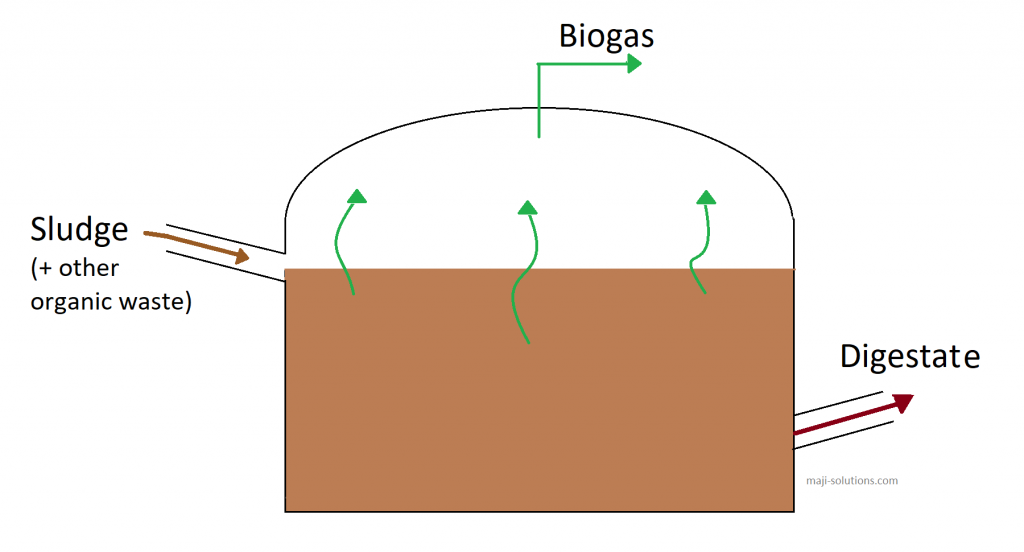The energy content of biofuel is a description of the chemical energy contained in a given biofuel measured per unit mass of that fuel as specific energy or per unit of volume of the fuel as energy density a biofuel is a fuel produced from living organisms biofuels include bioethanol an alcohol made by fermentation often used as a gasoline additive and biodiesel which is usually used.
Biogas energy content.
Total energy content gj oven dry woody biomass typically has a calorific value of 18 21 mj per kg on a dry basis this is the gross calorific value.
In india it is also known as gobar gas.
Biomass renewable energy from plants and animals.
This variation means that the energy content of biogas can vary.
The study demonstrated that converting food waste to biogas could provide significant supplemental energy to the dining hall.
Biogas can be produced from raw materials such as agricultural waste manure municipal waste plant material sewage green waste or food waste biogas is a renewable energy source.
Energy content in biogas produced from municipal and industrial waste.
It is primarily a mixture of methane ch4 and inert carbonic gas co2.
The methane content of biogas typically ranges from 45 to 75 by volume with most of the remainder being co 2.
Search is the most efficient way to navigate the engineering toolbox.
Engineering toolbox resources tools and basic information for engineering and design of technical applications.
Biogas is produced after organic materials plant and animal products are broken down by bacteria in an oxygen free environment a process called anaerobic digestion.
Biogas is the mixture of gases produced by the breakdown of organic matter in the absence of oxygen anaerobically primarily consisting of methane and carbon dioxide.
Methane ch4 is the same energy rich compound found in natural gas.
The waste was analyzed for organic matter content and potential biogas yield.
Biogas can be used directly to produce electricity and heat or as an.
These bacteria eat and break down or digest biomass and produce biogas.
However the name biogas gathers a large variety of gases resulting from specific treatment processes starting from various organic.
Biomass was the largest source of total annual u s.
The composition of biogas varies from 40 60 methane to 60 40 carbon dioxide co2 with small amounts of water vapor and other gases.
Energy consumption until the mid 1800s biomass continues to be an important fuel in many countries especially for cooking and heating in developing countries.
Food waste was digested in a small scale anaerobic digester.
Biogas energy content.
Biomass is renewable organic material that comes from plants and animals.
Biogas is composed mostly of methane and carbon dioxide.
Biogas is characterized based on its chemical composition and the physical characteristics which result from it.










